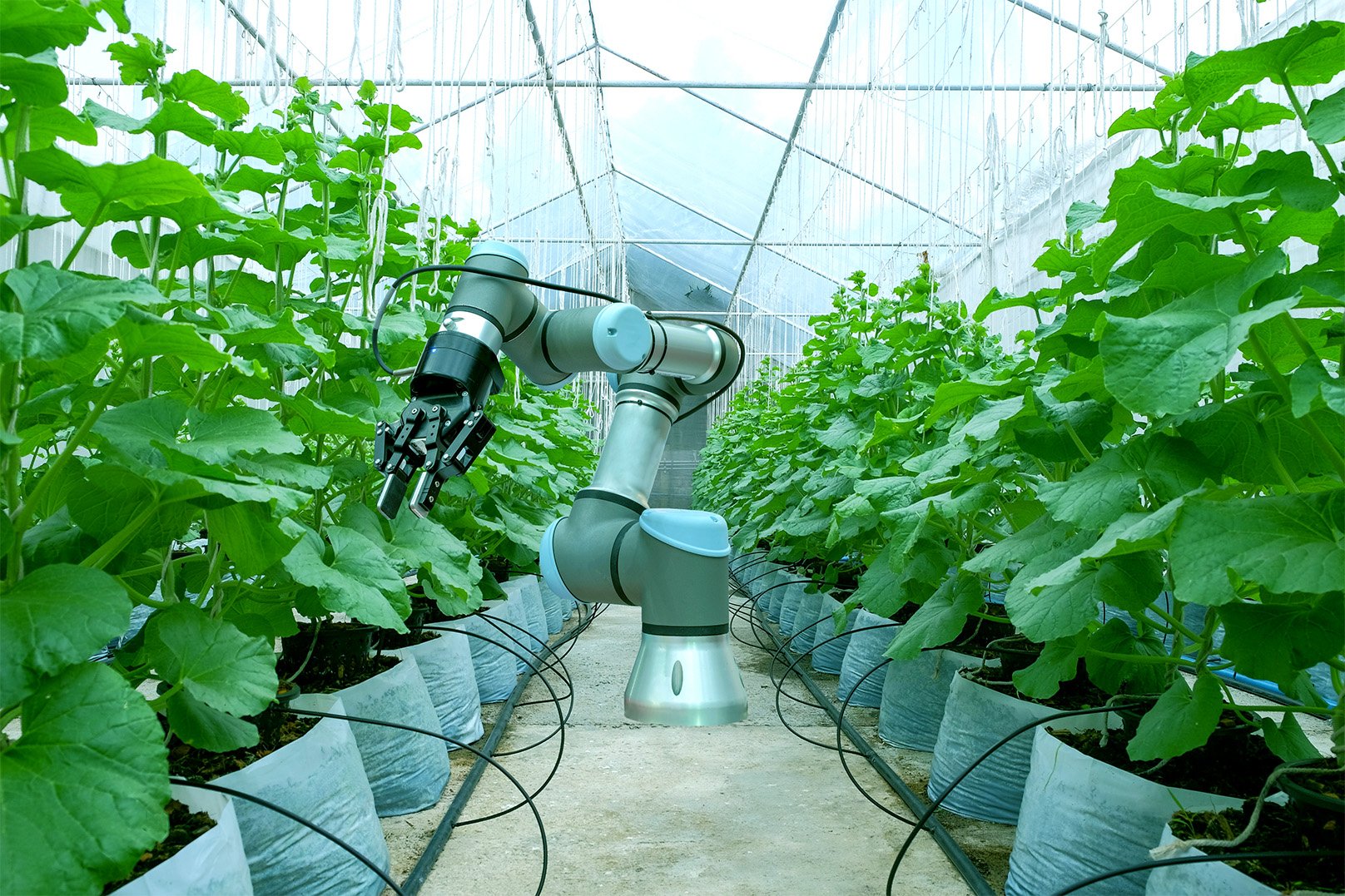From “You Are What You Eat” to “Eat for the Way You Are”
Will personalised diets become mainstream, or will they remain a luxury available only to the rich?
FUTURE PROOF – BLOG BY FUTURES PLATFORM
In the era of curated experiences, food personalisation is on the cusp of becoming the next big health and wellness solution – but at what price for the consumer, and at what cost to those experiencing food insecurity? Food tech solutions that cater only to the wealthy may lead to a reduction in the already low quality of mass-produced food. Can the industries involved collaborate to efficiently bring these bespoke foods to market without exacerbating (or possibly even alleviating) the global food shortage?
People are paying to learn everything that is knowable about their bodies – from their vital signs to their Viking ancestry. The resulting explosion of available omics data (metabolomics, genomics, etc.) has put food technology researchers and developers to work, tailoring foods to individual biomes, metabolisms and genetic markers that indicate high risk for certain diseases.
Advances in food science indicate that plant-based and lab-grown meats are scalable and may be just the beginning of fine-tuning foods to do our biological bidding. In the future, personalised food prescriptionsmay well become an essential part of healthcare.
Challenges in training and trust
But food tech solutions are still in their nascency, and although they hold great promise in reducing the prevalence of certain diseases and health conditions, helping the healthcare system pivot from a treatment model to one of prevention, dieticians and healthcare providers require training in the technologies, as well as an understanding of what food tailoring is possible.
With the healthcare workforce depleted by the COVID-19 pandemic and the ever-widening trust schism over science, will there be enough influential providers to create sufficient demand, thereby enabling efficient production? Also, people need to trust that their data is used ethically and stored securely. After all, if it’s trackable, it’s hackable.
The rising cost of being poor
As the food industry prioritises food personalisation for the haves, the have-nots, with limited access to technology, healthcare and food, will likely face deterioration in terms of food security and quality. The costs of battling climate change and poverty are only rising, right along with the global food crisis.
Staple crops, such as rice, are under siege from rising temperatures and increasingly severe droughts and floods. This means that food will inevitably become more expensive – especially healthy, fresh food. Socio-political issues such as systemic inequality and the valuing of food products over the lives of the workers who produce it continue to add fuel to the fire.
The future of food
Here we come to the proverbial fork in the road, where different scenarios may develop over the next 20 years depending on the actions taken by key industry actors. If personalised food technologies remain nascent, personalised diets will most likely be available exclusivelyfor the wealthy. This may leave the lower-socioeconomic with lower quality, cheaply made foods while climate and societal problems in food production remain under-addressed.
On the other hand, if there’s more collaboration across key actors to further develop and scale these technologies, mass-produced customised foods could quickly gain public acceptance and popularity, freeing up land for more efficient, higher yield crops.
Want to read more? To follow this topic and see which fork it’s likely to take, explore the Futures Platform extensive repository of future trends and signals of change on the future of food.
Do you already have a Futures Platform account? Login here.




In the era of curated experiences, food personalisation is on the cusp of becoming the next big health and wellness solution – but at what price for the consumer, and at what cost to those experiencing food insecurity? Can the industries involved collaborate to efficiently bring these bespoke foods to market without exacerbating (or possibly even alleviating) the global food shortage?